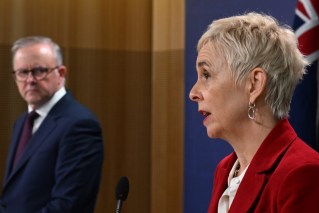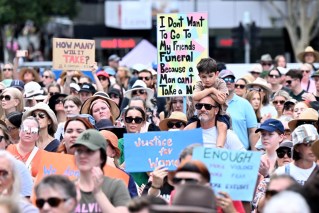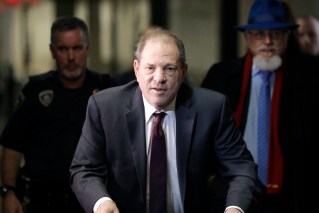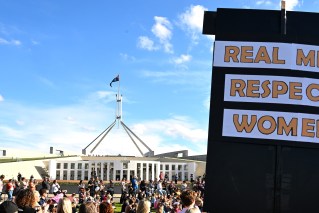Revealed: The 100,000 Qld households at risk of having nowhere to call home
Queensland is at the centre of ballooning rental inflation in Australia and the state’s social housing wait list is a poor indicator on the scale of the problem, a new report shows.
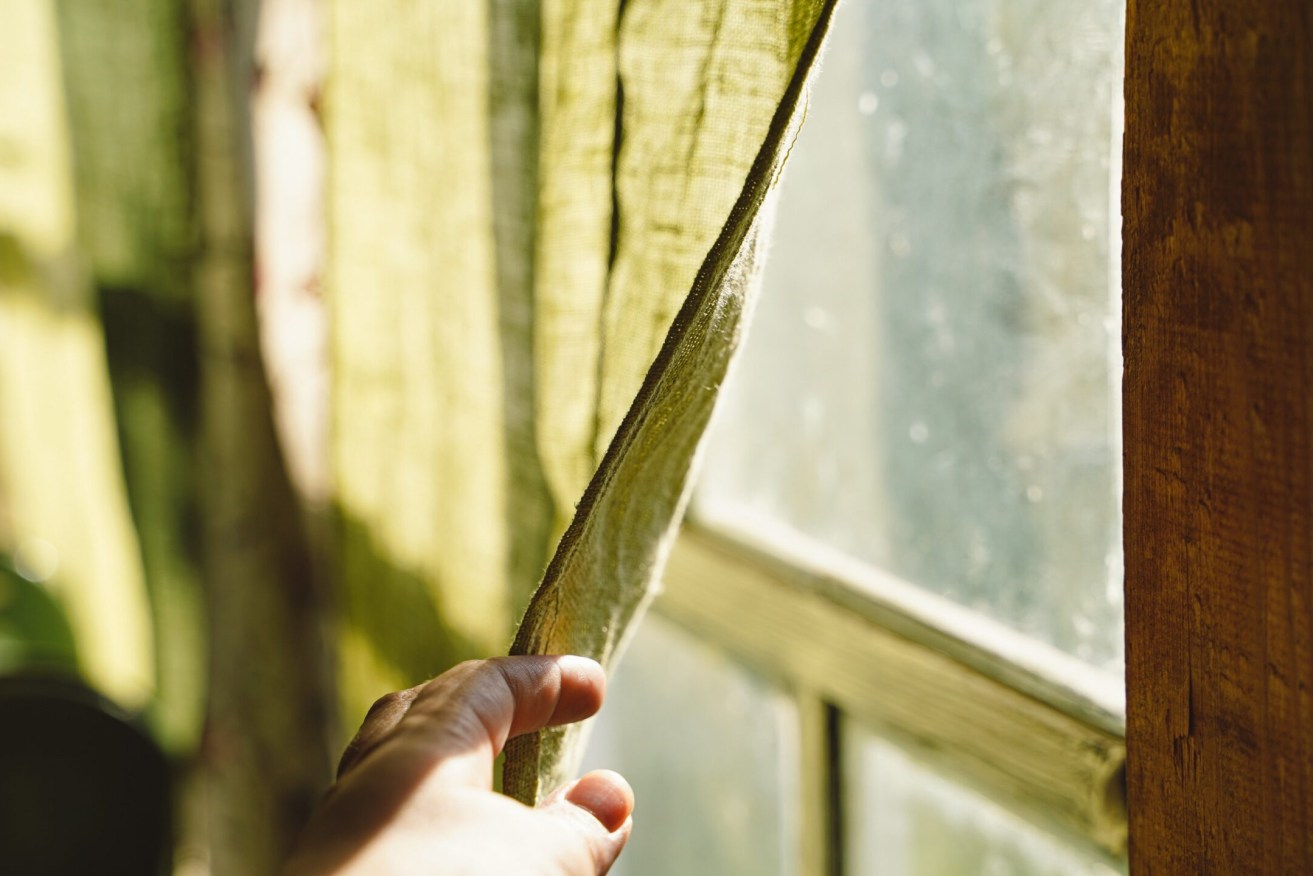
(Image: Anna Barabano/Unsplash)
Of 150,000 households experiencing housing stress, about 100,000 would typically be eligible for social housing, the report commissioned by Queensland Council of Social Service says.
This figure is almost four times the social housing wait list of about 27,000.
Average wait times for social housing are more than two years and the issue was especially pronounced for families with children, QCOSS CEO Aimee McVeigh said.
“We have hundreds of thousands of people, many of whom are children, waiting for social housing for more than two years,” McVeigh told ABC radio Brisbane on Monday.
Much of the pressure stemmed from a skyrocketing rental market that had seen “the worst inflation of any place in Australia”.
Median rents rose 80 per cent in the central Queensland city of Gladstone, 51 per cent in Noosa and 33 per cent on the Gold Coast over the past five years.
Across the state, the proportion of private tenancies being let at rents considered affordable for low-income households halved from 26 per cent to 13 per cent since 2017-18.
The increase is partly due to high levels of interstate migration and McVeigh said international migration was predicted to return to pre-pandemic levels this year.
Pressure on homelessness services is also markedly higher in the Sunshine State.
Using average monthly caseload as a measure, homelessness in Queensland increased 22 per cent in four years to 2021-22, compared to a national average of eight per cent.
Recent action by the state and federal governments has been pleasing but Ms McVeigh said it was nowhere near enough.
“Just to keep us at status quo, which is crisis level, we would need to double the number of houses currently in the pipeline,” she said.
As well as building more social and affordable homes, the report examined structural issues across Australia’s housing market.
One expert stakeholder framed the system as okay for those who already own property but failing to support renters and prospective first home buyers.
Regulations affecting the attractiveness of residential property investment, which is a commonwealth responsibility, was noted as an area of potential policy reform.
Stakeholders have previously floated a cap on rent increases to keep them more in line with inflation and a Greens policy for a vacancy tax to incentive lease unused properties.
Minimum levels of social and affordable housing included in new residential projects was also raised during last year’s housing summit convened by the state government.
The latest research comes from The University of NSW City Futures Research Centre and had financial support from the Town of Nowhere campaign, Tenants Queensland and The Services Union.

